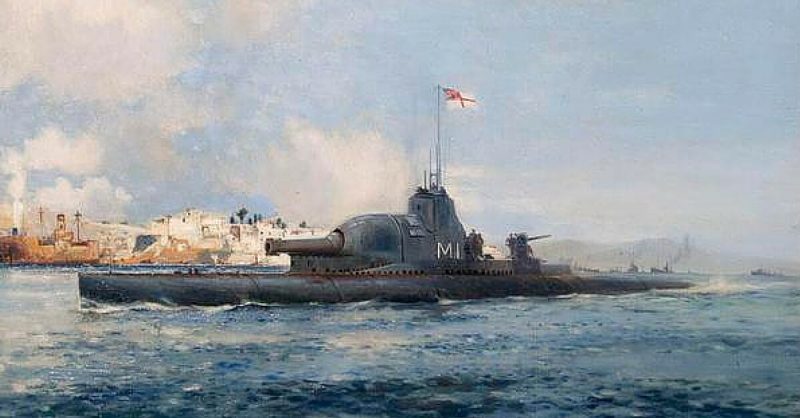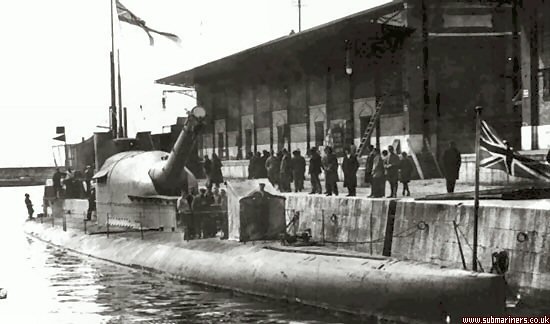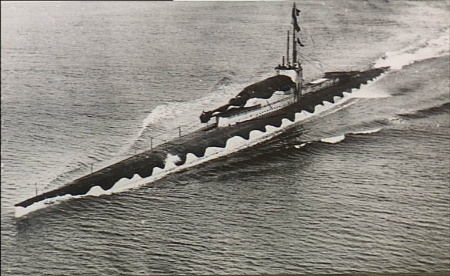During the last months of the first world war, the Royal Navy built the M-Class submarines. These submarines were diesel-electric and had a feature that was unique, they had a gun (12 inches) mounted on a turret in front of the conning tower. These particular submarines are sometimes known as submarine monitors.
They were designed to be used in bombardment against coasts held by the enemy; however, their use changed well before construction had even begun.
Their new mission was to engage any merchant ships and remain at periscope depth while attacking with their gun. It would also be able to surface to use the gun, instead of wasting torpedoes.
Torpedoes were generally classed as ineffective when used on moving warships that were more than 1000 yards away.
The gun, when fired at a shorter range, would follow a flat trajectory which simplified the aiming process, and they expected not many ships to survive a shot from it.
The guns used were taken from Formidable-Class warships, which were no longer used by the back end of 1919. The elevation of the guns could reach 20 degrees; it could depress by 5 degrees and train up to 15 degrees in any direction.
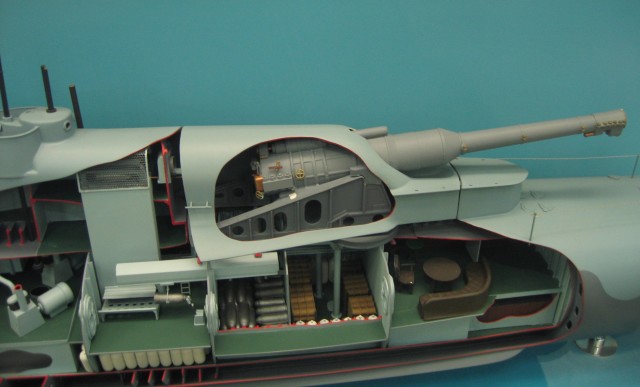
The gun was generally fired when the submarine was at periscope depth; this required using a simple bead sight at a range of approximately 1000 yards.
https://youtu.be/MqllihZqzf4
A big disadvantage of this was the fact the sub had to surface each time the gun required reloading, and this took 3 minutes each time.
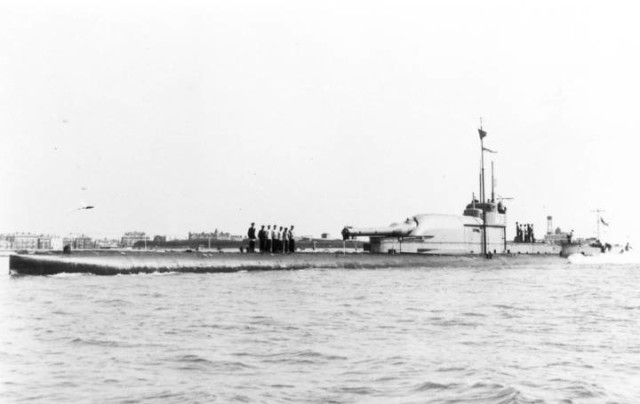
The idea didn’t really take off, and they only ended up building 3 of the 4 M-Class suns that were ordered. These were completed in 1917-1918.
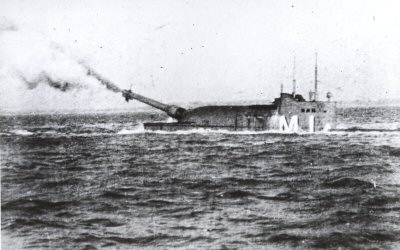
The M1 & M2 submarines also held four torpedo tubes (18 inches), and the M3 and M4 had 21 inches; this required them to have tubes 3 meters long!
Submarine armament was s limited by the Washington Naval Conference in 1922, and so the M2 and M3 had their guns removed from them.
The M2 model was adapted to carry a small seaplane, and the M3 was converted into a minelayer.
M1 Monitor Submarine
The M1 submarine was the only one of the 3 to enter service whilst World War 1 was still going; however she didn’t see any action. Whilst undergoing sea trials her captain was Commander Max Horton.
She was lost, with all crewmembers, in 1924 (November 12th) while exercising in the English Channel when she collided with a Swedish collier ship (SS Vidar).
The SS Vidar struck the M1 whilst she was submerged, and she sank in 70 meters of water. The force of the collision ripped the gun from her hull and allowed water to flood into the sub.
The crewmembers appeared to have attempted escape by flooding the interior of the sub and opening the escape hatch, but no bodies were found.
The M1 wreckage was rediscovered by Innes McCartney and his diving team in 1999. She was at depths of 73 meters. Later on, in 1999 a BBB documentary crew visited, with Richard Larn, and they released a film in March 2000.
M2 Aircraft Carrier Submarine
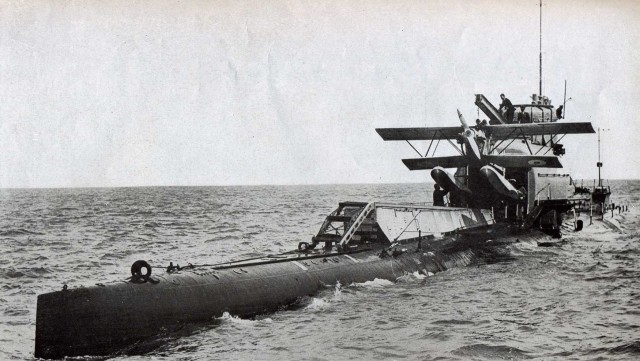
The M2 was transformed, in 1925, into a seaplane carrier and they replaced the gun turret with a hangar. The M2 was lost in 1932 (January 26th) when off the coast of Chesil Beach. It is suspected that someone opened the doors to the hangar prematurely.
The M2’s entire crew of 60 people was all killed. The M2 was discovered on February 3rd, a total of 6 days after her accident. Ernest Cox was called in to lead a salvage team to work on the M2.
This mission lasted almost a year and took 1,500 dives. Finally, on December 8th, 1932, they managed to raise her to 20 feet below the surface, but a gale appeared and sent her back down below.
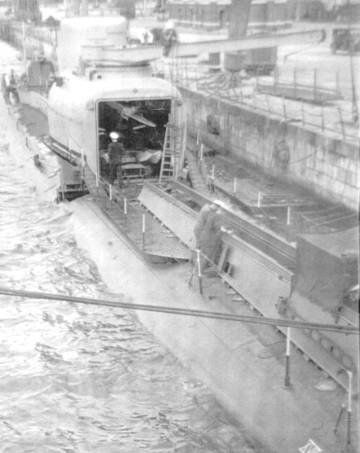
The M2 now sits in waters of 32 meters depth, and at low tide her conning tower sits only 20 meters below the surface.
Scuba divers find this area a great place to dive; it is not unusual to see 5-6 boats anchored above the wreckage on busy tourist days.
M3 Minelayer Submarine
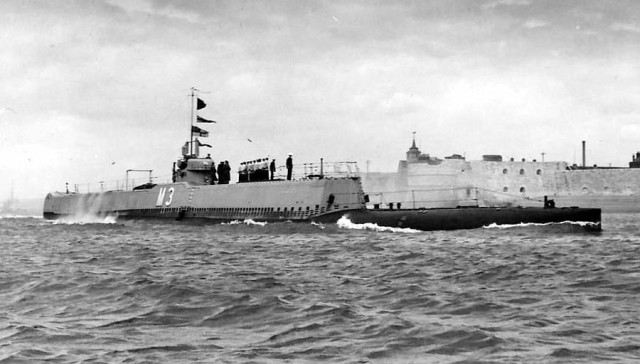
The M3 was transformed into a minelayer in 1927 and had storage created that could hold 100 mines. These mines were carried along a conveyor belt along her deck and then taken through a door at her stern.
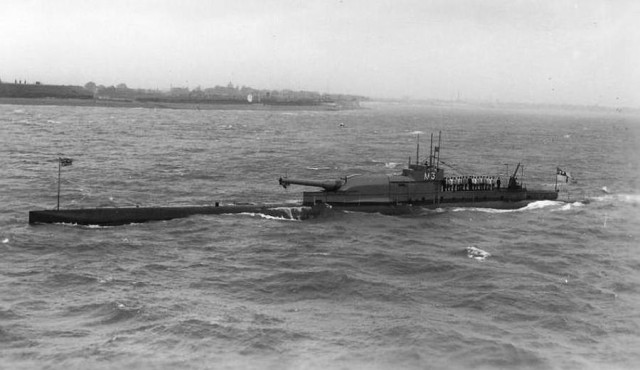
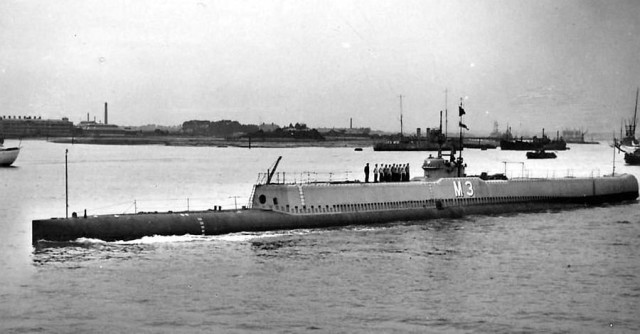
M3, minelayer configuration (1928 onwards)
The decision was made to scrap the M3 in 1933, but this ended up happening earlier as she was getting unfavorable reports of her service.
She was scrapped in April 1932.
M4
The M4 was never completed.
